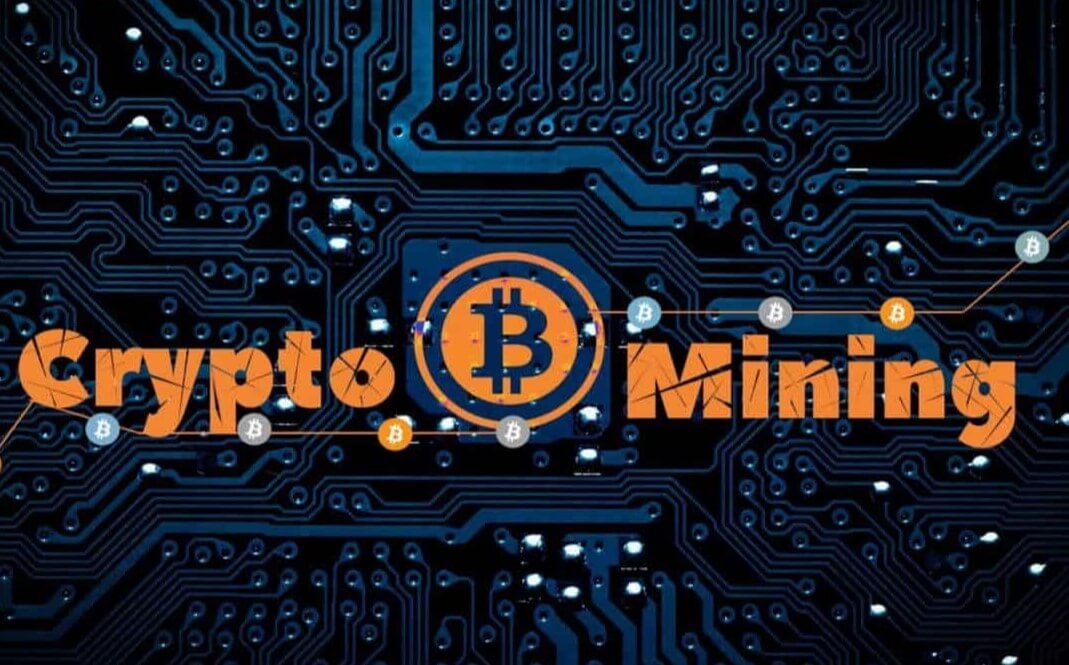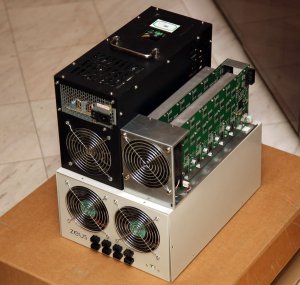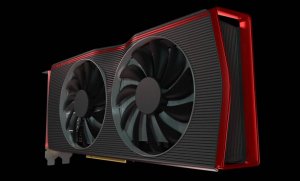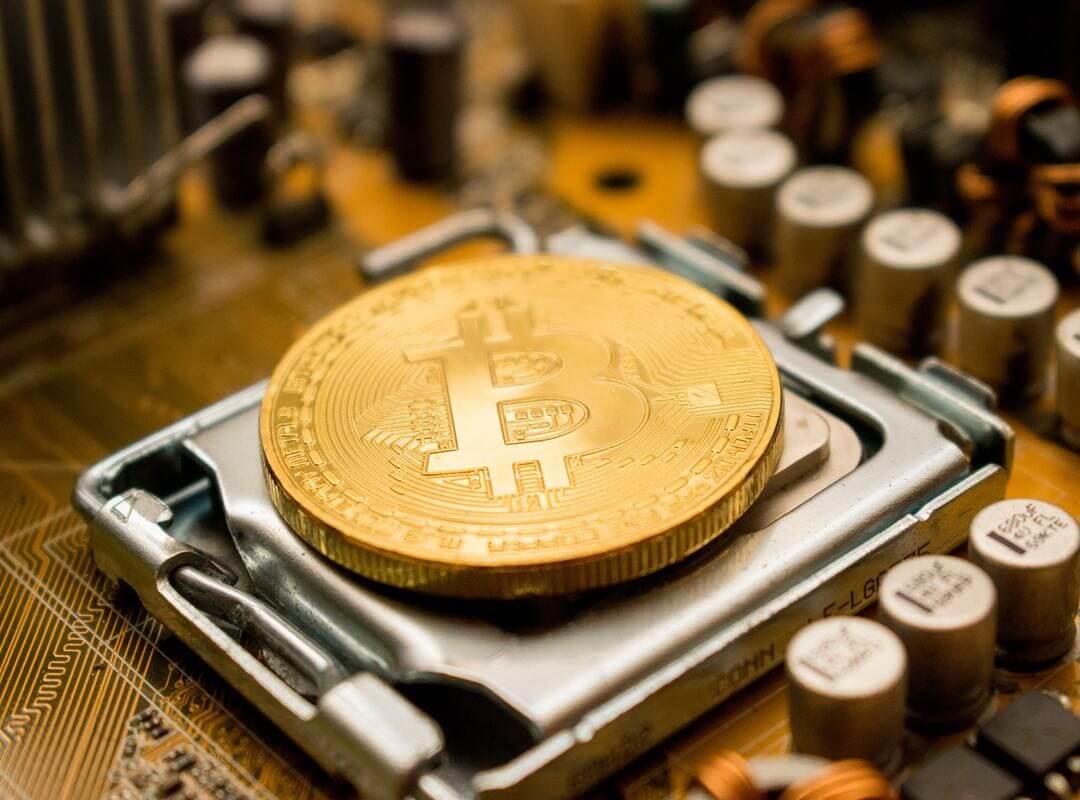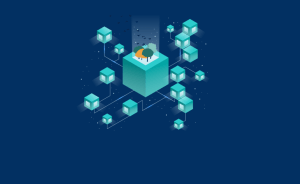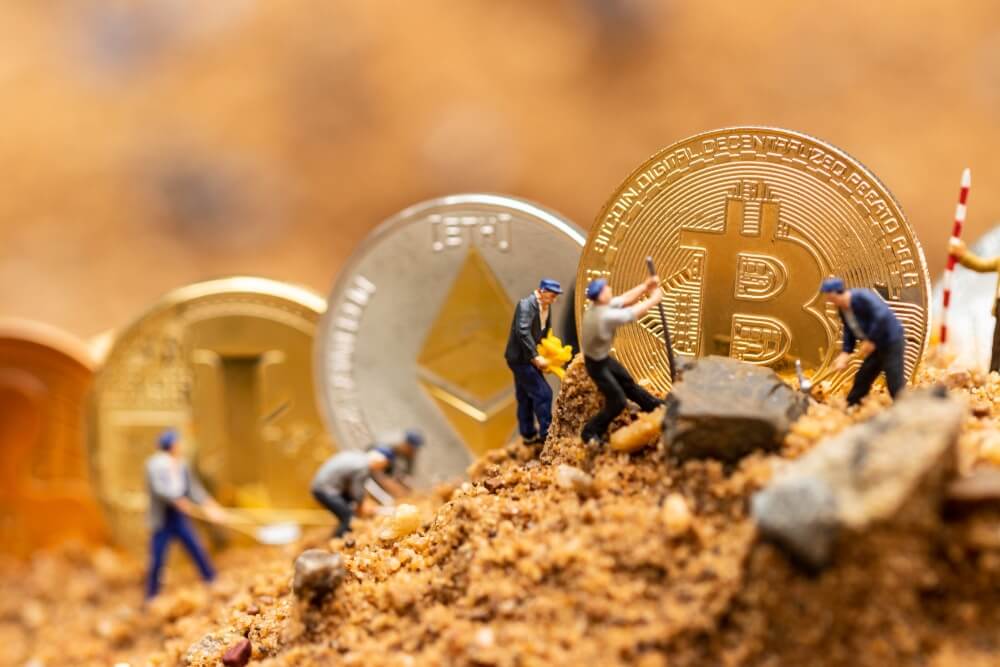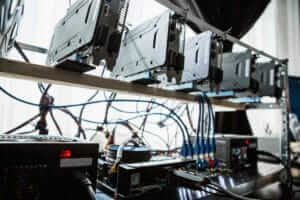Cryptocurrency mining is the process of solving a mathematical problem (for example a sum) using computer equipment. When a computer (or a group of computers) adequately solves the problem posed by the network it is rewarded with an incentive, in the case of cryptographic money the incentive is a series of cryptocurrency units that are being mined. Basically, what these computers do is launch a series of possible solutions, until the proposed solution matches the hash value of the block.
Mining cryptocurrencies, the simplest explanation:
Let’s say for example that the hash puzzle states that whoever first discovers the number from 0 to 10 gets the prize. The miners will be throwing numbers until the number matches the riddle. During the process, you will wonder if the number is correct or not. Whoever gets to the right number first wins the prize or whatever, gets the reward from the block.
“The algorithms that determine the difficulty of the problem and other variables today are taken as consensus systems since the agreement of the rules by all participants is needed.”
Currently, the consensus system used by Bitcoin, Ethereum, and many other cryptocurrencies is Proof-of-Work (PoW), although there are a large number of currencies, such as Lisk or Stratis that are purely Proof-of-Stake (PoS). The PoS is based on storing coins and the work is easier, which allows not to waste work as in the PoW and is more energy-efficient.
Different types of computer equipment can be used to mine Proof-of-Work:
Bitcoin requires ASIC, which are specialized equipment with many processors, which provide them with great power for mining.
Ethereum with mined RIG, which are systems based on many graphics cards. Bytecoin is mined with a processor only.
There are other options, such as ‘mining’ cryptocurrencies by browser, as is the case of Bitrad.io, sharing content and being voted for this content, as is the case of Steemit, or sharing a part of the capacity of our hard drive, as is the case of Storj. In the same way, mining allows us to control how many coins are in circulation.
“When a block is certified, the miner receives a reward and therefore new coins are introduced into the market. This means that more and more coins exist, up to a maximum limit, thus offering control of the network.”
The Proof of Work protocol, or Proof of Work, is the most well-known and oldest consensus protocol that consists of the parties of a network successfully performing computationally expensive work to access the resources of that network.
The Work Test protocol helps us to avoid certain unwanted behaviors in a network. Its name comes from the English Proof of Work (PoW). This protocol works under the concept of requiring work from the client, which is then verified by the network. Normally the requested work consists of performing complex computation operations.
These operations are then verified by the network. Once they are approved, the client is given access to use the network’s resources. This is intended to prevent malicious customers from consuming all resources in an uncontrolled manner. A situation that may end up denying the service provided to the rest of the network’s customers.
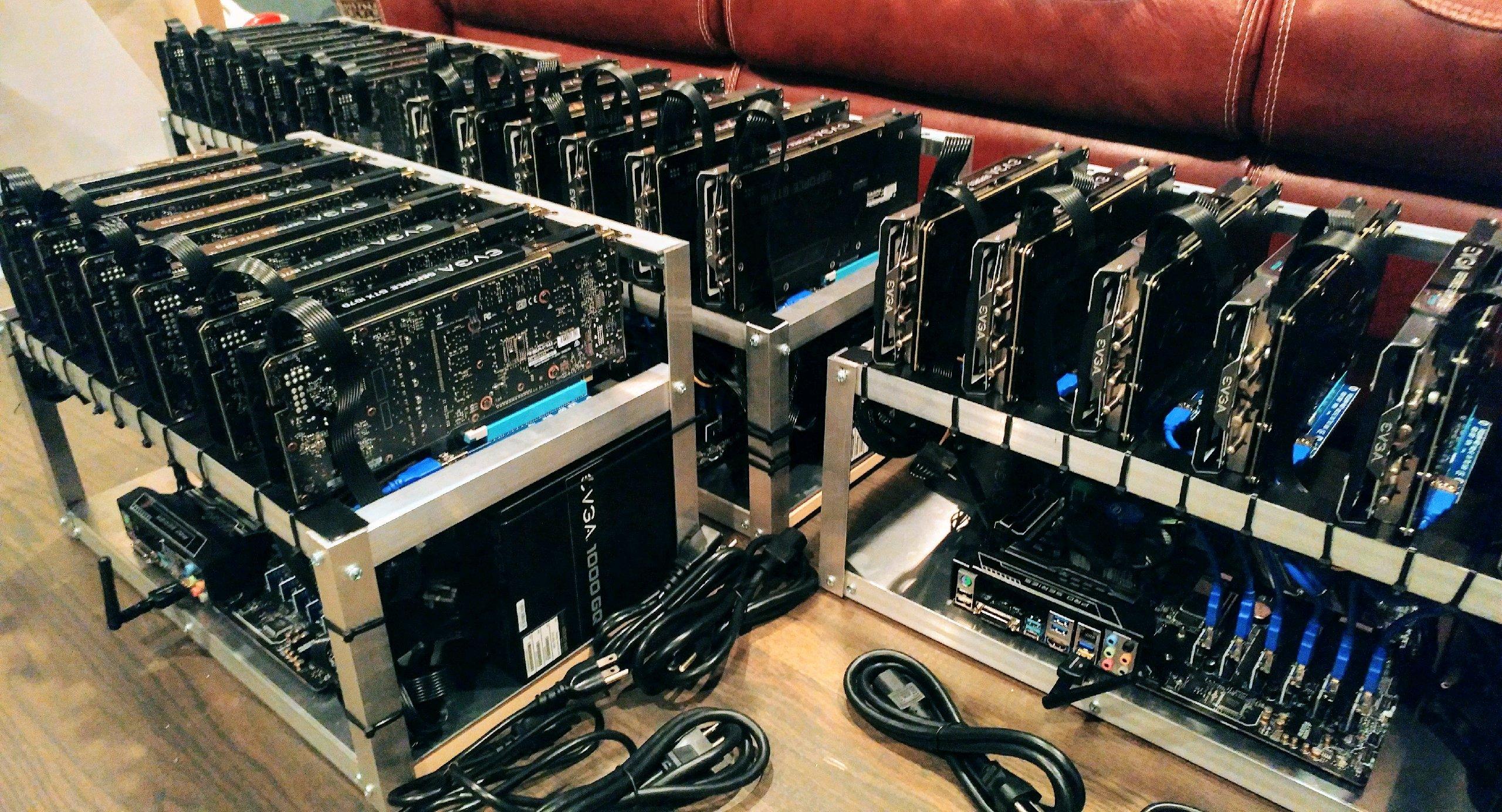
A very simple example to understand is the famous captcha that you put when you want to make a registration on a website. The website puts this challenge that the visitor has to solve. If you solve it you will have access to the service. This prevents an attacker from creating millions of records and collapsing the website. However, the challenge in computer-to-computer communication cannot be as complex. It must be solvable, albeit with relative complexity.
The main characteristic of this strategy is its asymmetry. The work of the client is moderately difficult to perform, but the verification by the network is simple. This means that the work test takes a long time to produce and is computationally expensive. But verifying it is simple, as testing designs patterns that facilitate verification.
This characteristic was, precisely what drew the attention of Satoshi Nakamoto when designing the Bitcoin. That is why he implemented the HashCash system (a PoW system) in his recognized cryptocurrency.
PoW algorithms – A bit of history…
In 1992, the penetration of the Internet was already quite important. With its arrival, the use of emails began to spread. But this positive situation brought with it new problems. Email systems suffered from recurring spam attacks. These attacks generally disabled servers and left many people without services. Then a solution had to be found for this problem.
In 1993, academics Cynthia Dwork and Moni Naor recognized the problem and tried to solve it. From there the trial “Pricing by processing or combating spam” originated. In which they presented ways to prevent spammers from sending mass messages. The idea presented was to include a computational cost to be able to use email services.
To do this, Dwork and Naor designed a series of tests that required computational cost work. Among them; the calculation of some square roots or the intensive use of hash functions. Once this work was done, the user had to add the information to the email to be verified. If it was correct the mail was sent, otherwise, the mail was rejected. This simple system deterred spammers from continuing their attacks. But it still took some time before the system could be fully implemented.

